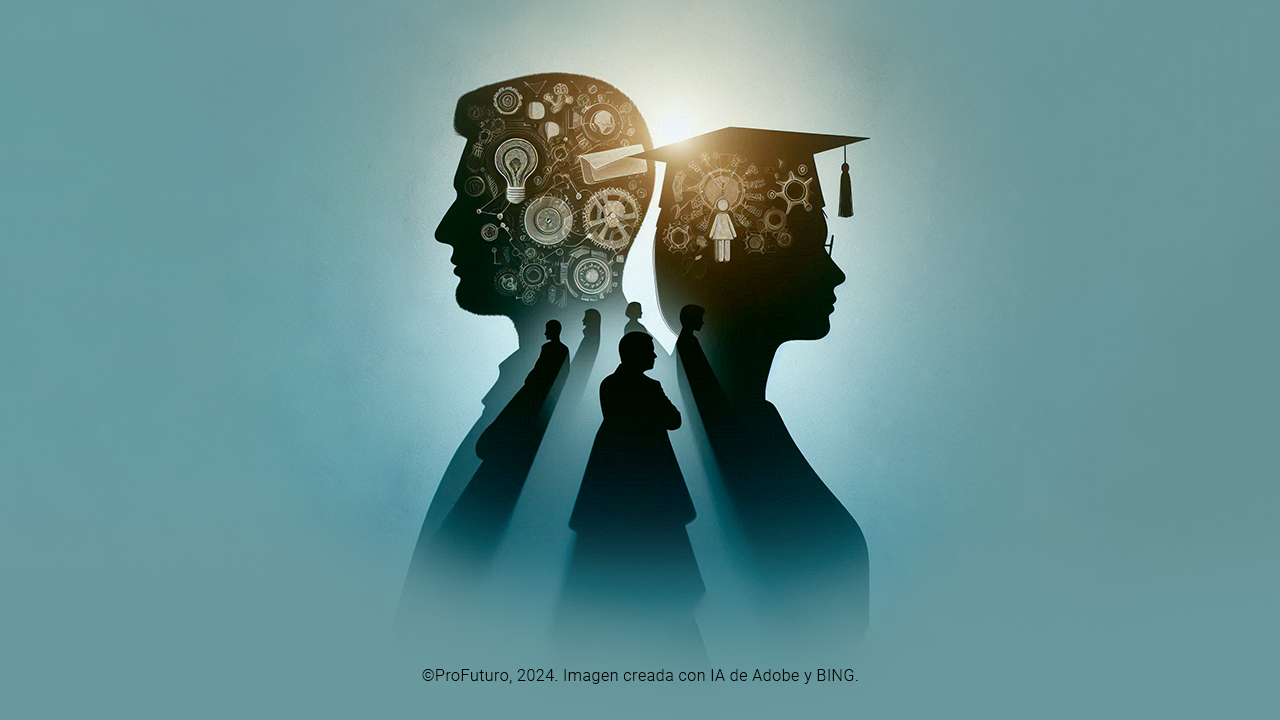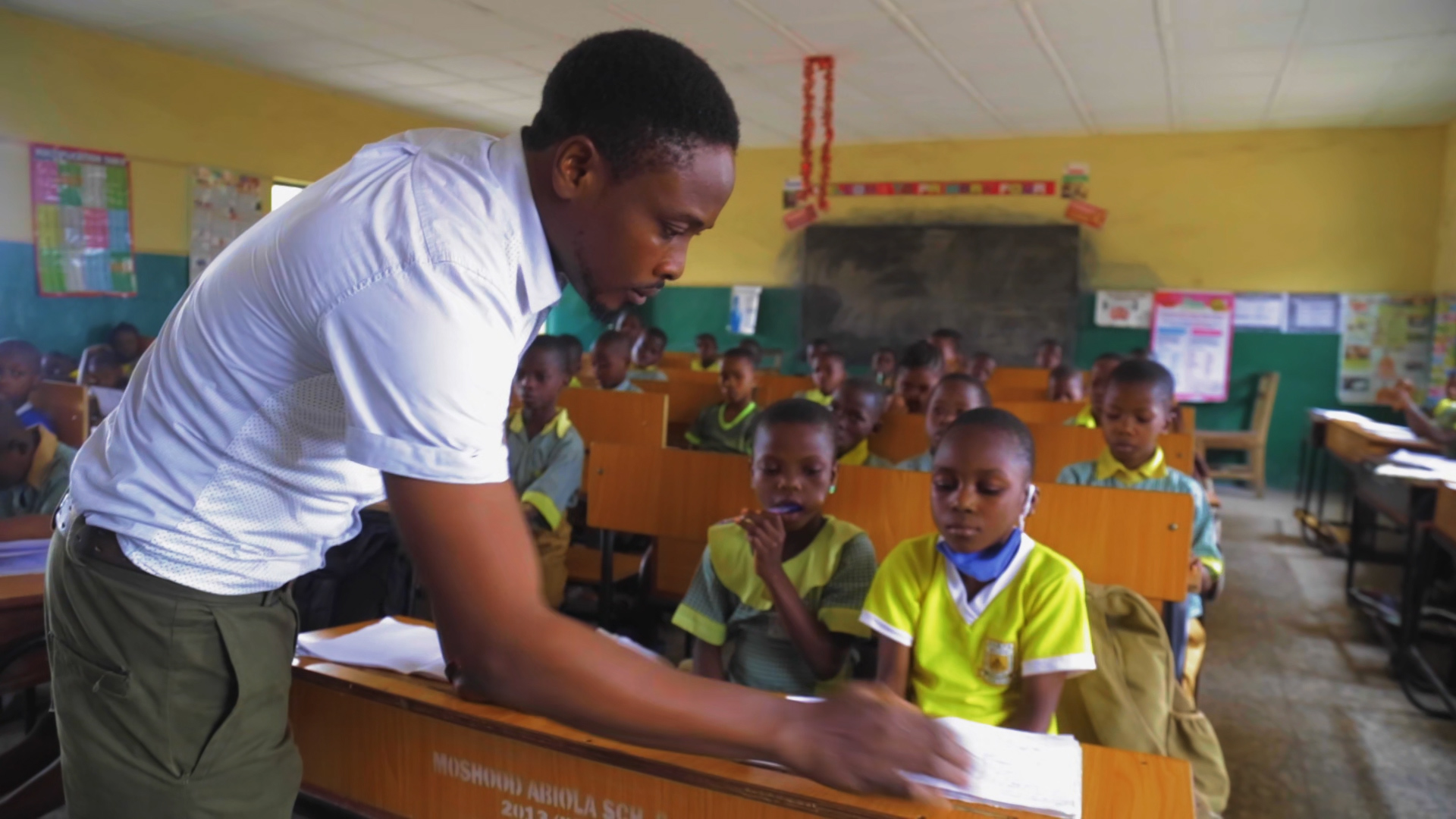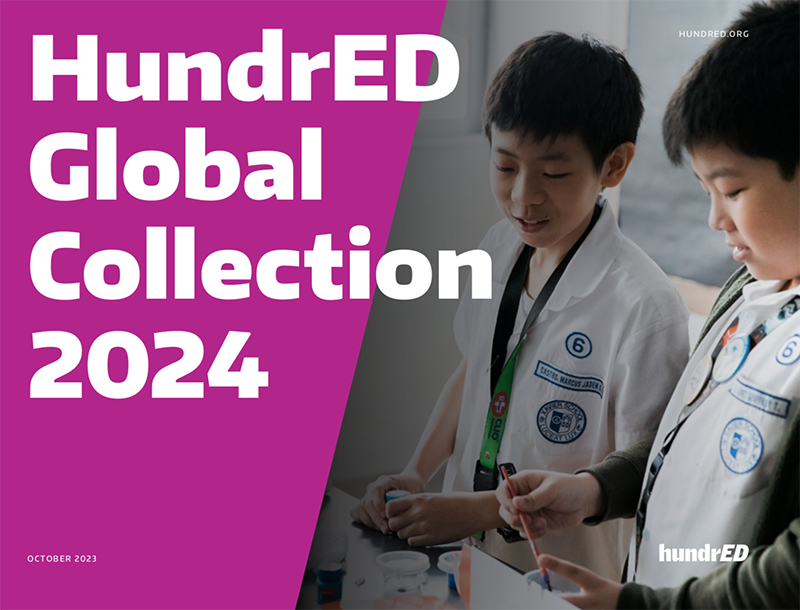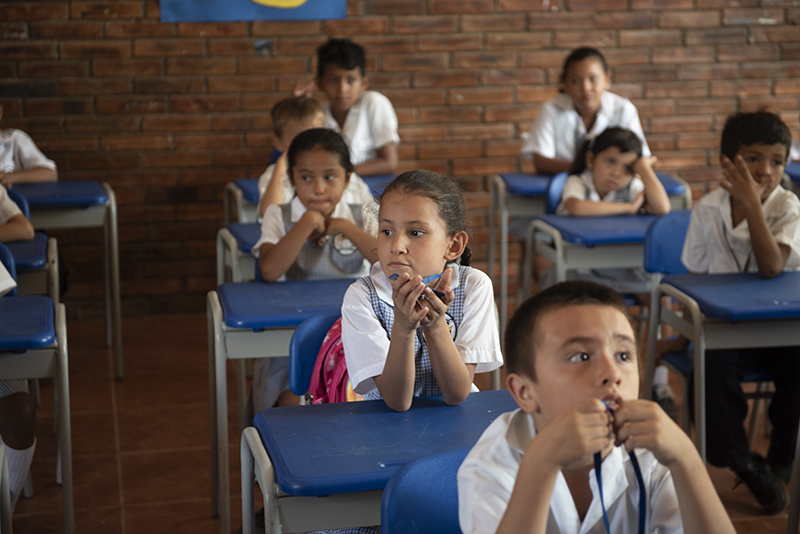In education, the word “innovation” is increasingly common. We hear it in political speeches, ministerial strategies, educational forums, and school newsletters. But what does it truly mean to innovate in education? Does it imply incorporating new technologies into the classroom? Or adopting pedagogical trends that sometimes feel superficial? Perhaps, instead, we should consider innovation as a transformation that begins in teachers’ minds.
Innovation: Beyond Technology

A recurring mistake in the educational world is to confuse innovation with novelty. In many schools, being “innovative” is associated with using digital whiteboards, computers, or interactive programs. However, many of these resources end up being used in limited ways, replicating traditional teaching models digitally. By simply projecting materials without taking advantage of interactive potential, a significant opportunity for meaningful change in education is missed.
Technology is not an end in itself. Rather, it should be seen as a vehicle for enhancing learning processes, provided its use has a clear purpose. To genuinely innovate in teaching, we need to ask ourselves what change we want to achieve. A digital whiteboard that merely replaces a chalkboard is only a small advance. Real innovation is not the tool itself, but the shift in educational practices and approaches in how it’s implemented.
Superficial adjustments are not enough. A profound transformation must aim to enhance students’ skills and abilities so they can navigate the modern world. Innovating in education is also about questioning, re-evaluating, and, in many cases, dismantling outdated beliefs and methods that shape teaching.
Innovating in education also means questioning, revising and, in many cases, dismantling old beliefs and methods that condition the work of teachers.
Limiting Beliefs: The Invisible Obstacle
To understand resistance to change in education, it’s essential to address “limiting beliefs.” These beliefs, often unconscious, are deeply rooted in the minds of many teachers, reflected in attitudes like scepticism toward new methods or a preference for traditional practices. “It’s always worked this way for me” is a phrase often heard when new ideas are introduced, reflecting a tendency to cling to the familiar. However, these limiting beliefs can weigh teachers down, preventing them from exploring new strategies that could benefit both themselves and their students.
A clear example is the reluctance of some teachers to use technology in the classroom. Many feel they lack the skills or see technology as incompatible with their methods. In some cases, this perception becomes a barrier to engaging with new technological tools. This resistance is not exclusive to technology; it also appears in adopting methods like cooperative learning or project-based learning.
Limiting beliefs affect not only teachers’ performance but also students’ attitudes and motivation. Teachers’ perceptions and projections of these beliefs directly influence the learning climate they create in their classrooms. Studies show that teachers who project low expectations in terms of discipline or performance often see these expectations fulfilled—a phenomenon known as the “self-fulfilling prophecy.”
Transforming Education from Within: A Shift in Teachers’ Competencies
To innovate in education, teachers must develop skills beyond curriculum content and digital competence, which has been heavily promoted over the last decade. The World Economic Forum identifies essential 21st-century skills like creativity, critical thinking, resilience, and collaboration. These so-called “soft skills” are fundamental to students’ holistic development and should also be part of teachers’ repertoires.
Resilience, for instance, is essential in any context but particularly relevant in education. Teachers constantly face complex situations, from classroom management to balancing personal and professional responsibilities. Resilience allows them to manage stress and adapt to challenges without losing sight of their educational mission.
The ability to work collaboratively is equally important. Teachers should not be isolated agents within schools but rather members of a learning community that shares experiences, discusses methods, and collaborates on projects that benefit students. In this setting, digital competence is only one part of the skillset teachers need. As important as knowing how to use digital tools is understanding how they can foster collaboration and learning, both among students and teachers.
For a teacher to be an effective facilitator, he/she must be willing to question his/her beliefs and to adopt an open and proactive attitude towards change.
Attitudes Towards Change: The Role of Teachers in the 21st Century
The role of teachers has been a topic of debate for decades. Traditionally, teachers were seen as authority figures delivering knowledge unidirectionally—the teacher spoke, and the student listened. In recent decades, however, this view has shifted, promoting the teacher’s role as a “learning facilitator.” This means that instead of merely transmitting information, the teacher should guide and support students in their learning journey, helping them think critically, explore, and build knowledge independently.
Yet the true transformation of the teacher’s role in the 21st century goes beyond altering classroom dynamics. For a teacher to be an effective facilitator, they must be willing to question their beliefs and adopt an open, proactive attitude toward change.
A teacher who embraces this role doesn’t just apply new methodologies to comply with regulations or trends but understands the importance of personal and professional growth in positively impacting students. Continuous reflection and self-critique are fundamental tools for fostering profound change in education.
Teachers need to develop an open attitude toward change—not only regarding technology but also toward new teaching methodologies. To support this, institutions should provide space for teachers’ professional and personal growth, encouraging self-reflection and self-assessment. The key is to recognise that innovating doesn’t mean “change for change’s sake,” but finding effective solutions that add value to the educational process.
Skills for a Changing World: From Teachers to Students
The ultimate mission of education is to prepare students for the world they will live in, and this world demands skills largely absent from traditional education. Critical thinking, the ability to solve complex problems, and emotional management under stress are essential for students to face the challenges of a constantly changing context.
Although these skills are often taught in workshops or specialised programs, ideally, they should be integrated into the curriculum across all subjects and levels. Here, teachers play a crucial role, serving as models of these skills. Students don’t learn solely from curricular content but also from how their teachers handle daily challenges, approach problems, and relate to their values and beliefs.
This competency-based education model requires teachers to become learners, willing to evolve alongside their students. Collaborative learning, where both teachers and students grow together, has the potential to transform the educational system.
From Knowledge Transmission to Holistic Development
Moving away from a vertical model where knowledge flows unidirectionally from teacher to student is essential for genuine educational innovation. This traditional teaching approach, in which the teacher is the sole source of knowledge, has been challenged for decades but remains prevalent in many classrooms. A competency-based approach focused on developing skills for life is essential to meet current societal needs.
The ultimate goal of education isn’t for students to accumulate knowledge but to develop skills that allow them to become active, critical, and responsible citizens. To achieve this, teachers must take on the role of a guide, someone who accompanies the learning process and fosters autonomy and responsibility in students.
A Change That Begins in Teachers’ Minds
Education faces the challenge of becoming a flexible system adapted to the times, where constant change is not perceived as a threat but as an opportunity. But for this vision to materialise, we must start by examining teachers’ beliefs and attitudes. The educational system and training institutions must support teachers in this process of introspection and transformation.
The teacher’s role in today’s world is not limited to imparting knowledge but involves inspiring and modelling an attitude toward learning that students will carry with them throughout their lives. If we want educational innovation to be more than a slogan, we must start by rethinking how we train and support our teachers. Because, in the end, transformative teaching begins in the head and heart of the teacher.






